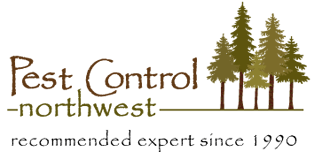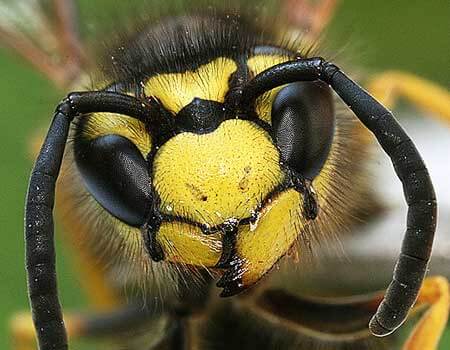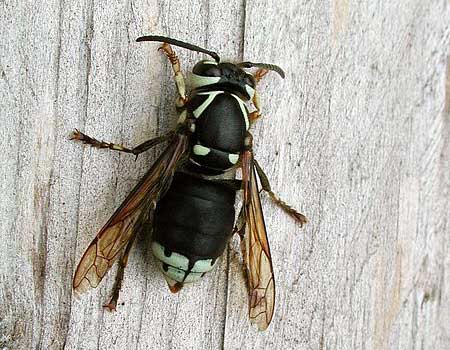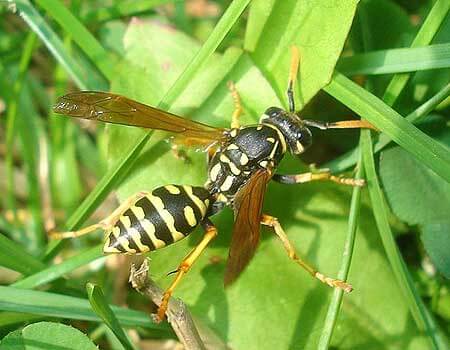Get Rid Of Stinging Insects
As the warmer months arrive, so too comes an increase in unwanted stinging insects. Whether it's bees, hornets, or wasps; these pests can cause serious harm if not properly removed and treated by a professional exterminator. Our expert Trey Shelton is here to help those affected - providing alternative removal methods for chemically sensitive customers as well! Don't risk your safety: be sure to call today for all of your pest control needs involving any type of stinging insect.
Trey is your go-to if you're looking for a reliable solution to protect against yellowjackets, wasps, hornets, and other troublesome stinging insects. With years of experience in rope access work at dangerous heights combined with an unprecedented dedication to the task at hand -you can rest assured knowing that these unwanted pests are safely taken care of.
Yellowjackets
- Yellowjacket coloration is always yellow and black without fur.
- Nests are ball-shaped, made of a papery material and may be located in many places such as trees and bushes, inside of structures or other objects, under eaves or even underground.
- Past midsummer, yellowjackets become even more aggressive, often stinging away from the nest area and showing up whenever we eat outside (call Trey for solutions to this situation).
- They often chew through sheetrock walls and ceilings in late summer and come right into the room. You can hear rustling sounds as they chew. Trey is available day or night to respond to this situation.
- Contrary to popular belief, it is not safer to treat a nest when it's dark. Yellowjacket guards are alert 24 hours a day, and with heat-sensing capability can still sting you at night. This is definitely not a do-it-yourself job.
- Trey can explore larger properties and find hidden yellowjacket nests, and remove them to keep you safe.
Bald Faced Hornets
- Bald faced hornets are black and white, and larger than yellowjackets.
- They have nests that are large with gray paper wrapping, and are never located inside structures.
- They prefer loosely branched shrubs and tree branches but occasionally locate under house eaves.
Mud Dauber Wasps
- Mud dauber wasps in our region are either brown and yellow, or all metallic blue, with a long waspy body.
- They prefer attics for nesting, but will attach to weather protected house exteriors.
- They use mud to construct candy bar shaped nests.
- These wasps are more of a nuisance than a stinging threat.
Paper Wasps
- Paper wasps are yellow and black, with long yellow legs that hang down in flight.
- Their nests need only slight cover from weather, and can be found under eaves, in mailboxes, umbrellas, deck railings, car door jams or barbeques, amongst other places.
- Their nests have no paper wrap, on a small, single comb layer.
- Paper wasp nest locations range from the highest gable of a house, to ground level rockeries, and may be very numerous.
- They sting when their nests are approached.
- Since they will reuse old nests, it's best to remove all nests, even when not in use.
- Paper wasps are most active in warmth, and bright light conditions.





